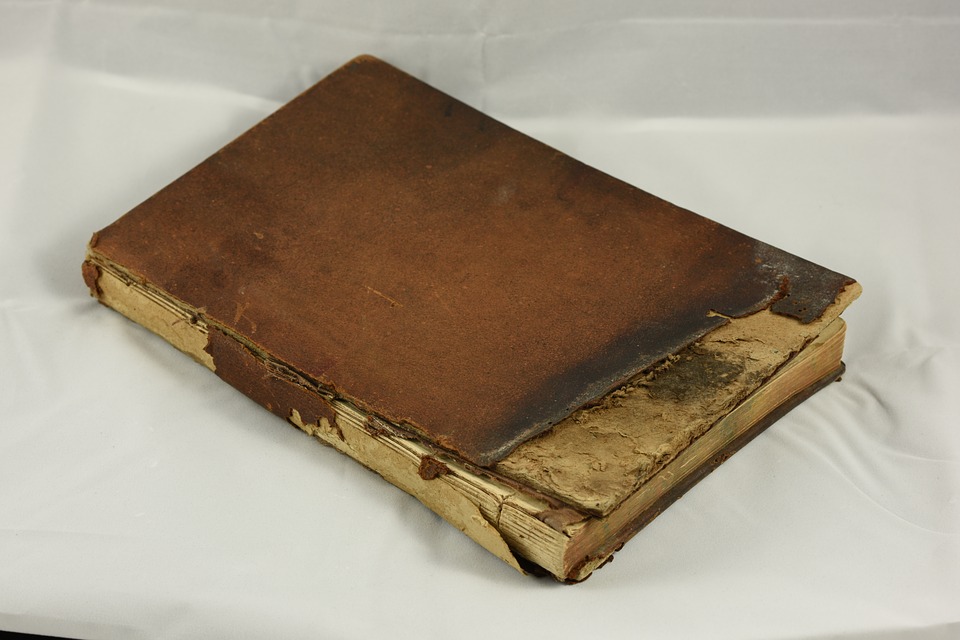Recovering from water-damage after a flood or a leaking pipe can be a challenging experience for everyone involved. Most victims are so preoccupied with dealing with the damage to the physical structure of their home that they neglect the possibility of recovering other, less resilient belongings. However, there are a few items that can be revived even after sustaining water-damage with some quick and easy hacks. This post highlights 4-5 valuables that don’t bond well with water and some practical tips to recover them.
1. Wooden furniture
Wooden furniture can be a costly investment so you want to save those pieces at any cost. Recovering wooden furniture requires you to dry it out in a well-ventilated place at a warm temperature. If you can place a fan near your water-damaged furniture, it will speed up the process.
Furthermore, if you see spots on the wood, that can be fixed, too. In the case of darker spots, you can bleach the finish on the wood and then give it another coating. For white spots, simply make a mixture of some baking soda and toothpaste and rub the mixture onto the spot gently with a cotton cloth.
If you aim to save the upholstered pieces like couches and chairs, you’ll need to clean and dry them as well. To eliminate pathogens, apply high-temperature water with high pressure. Then dry the units in a place where air movers or dehumidifiers are functioning.
2. Textiles
If you have lost hope of saving your favorite upholstered armchair or are worried you will now have to bear the expense of replacing your entire wardrobe, slow down. You can possibly still save your textiles.
Firstly, you have to identify what can and cannot be recovered. Once you have separated the items of furniture or clothing that can be saved, wash them if possible with hot water, detergent and chlorine bleach. If you are dealing with upholstered furniture, try using a steam cleaner to extract as much moisture as possible. Then use upholstery detergent and rinse with distilled water, section by section.
If you are not sure how to clean and disinfect them properly, consult a professional for the best outcome.
3. Electronics
In these modern times, it’s hard to imagine a home without at least one piece of electronic equipment in it. Even though technological advancements have made quite a few electronics water-resistant, they are not immune to water damage.
The question then is: how can you recover data from your phone, tablet or laptop if any of these valuables are damaged by water exposure? Before anything else, it’s crucial to understand that you have a better chance of recovering your device if it was disconnected from the power supply at the time of exposure. However, you can still give these hacks a go in any case.
- As an immediate fix, disconnect your device from the power supply and switch it off completely. Now remove its battery and any other external devices such as a USB or an SD card. Dry the electronic by rubbing a soft piece of fabric over all the surfaces.
- Place the device in a container of rice to help draw out the moisture and serve as an interim fix until you can visit a professional to get it checked out.
- If you have significant knowledge of the parts of the device and are confident in your DIY electronics repair skills, you can disassemble the device and remove the RAM and hard drive to prevent data loss before the water damage spreads.
4. Documents and Photos
Whether it is important paperwork such as licenses, certificates or tax documents or simply photo albums filled with memories you cherish – water damage can cause you to lose important data. Even though these items are seen as a lost cause and immediately discarded in most instances, there are ways to recover some of them.
In the case of documents, shift the papers over to a dry space. For loose sheets, place each one on a non-printed paper towel. If your books are suffering from water-damage, place paper towels between the pages (one flap every 20 pages or so) and lay the book flat and open. Place all papers near a fan; however, ensure that the fan is not pointed directly at the drying documents or books. Also, make sure to replace the paper towels as frequently as you can once they become damp.
When it comes to photos, you have to prioritize the ones that have no digital backup or negatives that have survived the water damage. In the case of loose photos, lay them on non-printed paper towels to dry and ensure that they aren’t exposed to direct sunlight. For framed photos, remove them from the frame before they dry. If that is not possible, dry the photo while it is still attached to the glass.
Finally, with photo albums, remove the images from the album and dry them like you would do for loose photos.
It is understandably difficult to remain optimistic when your home is exposed to calamity, but with the right information and tools, all is not lost. The tips above can help you recover some of your essentials after water damage.
If you’re a homeowner looking to prevent further harm or just want to make the recovery process quick and seamless, you can always count on the services of a professional. As a premier flood restoration company in Davis County, The Disaster Company has years of experience eliminating water, drying damp areas, restoring the damage caused to your home, cleaning up flood-related debris, and returning your property to its default state. Contact us today to learn more about how we can help aid the recovery of your water-damaged items and overall home.

